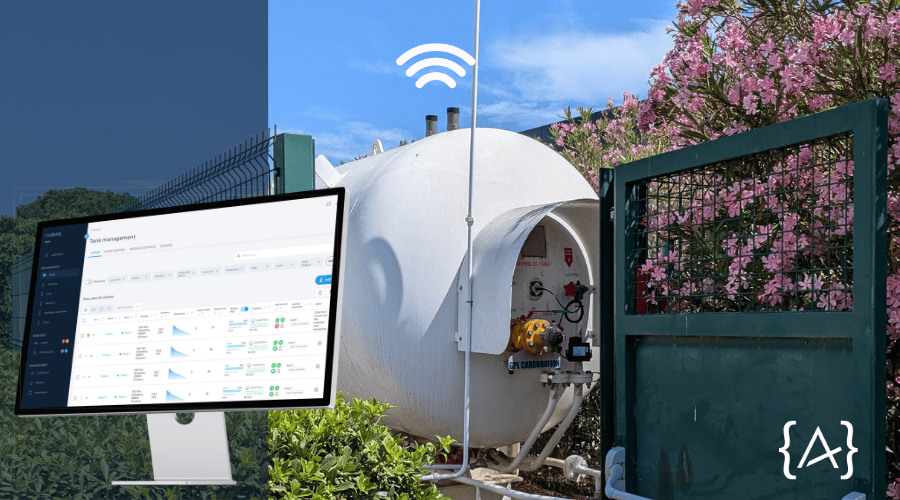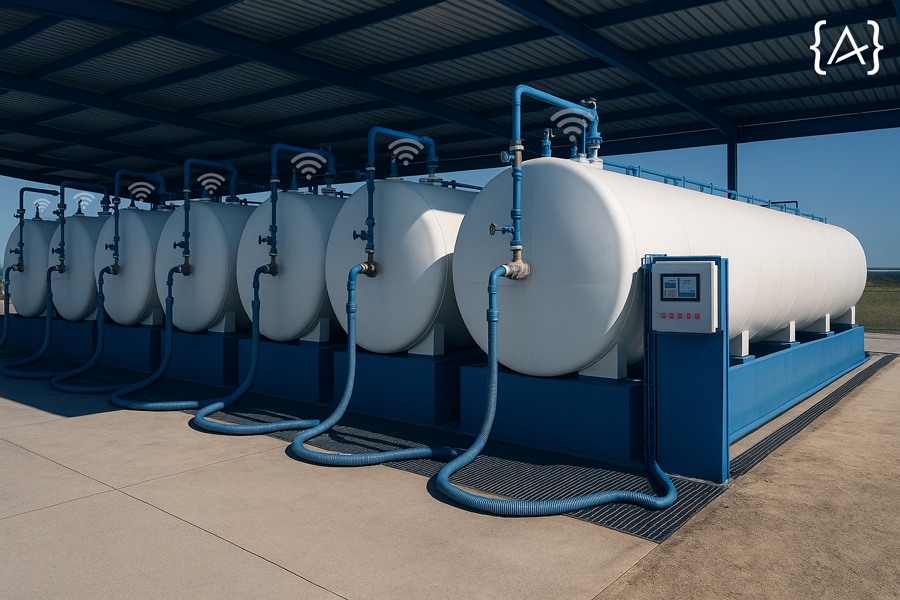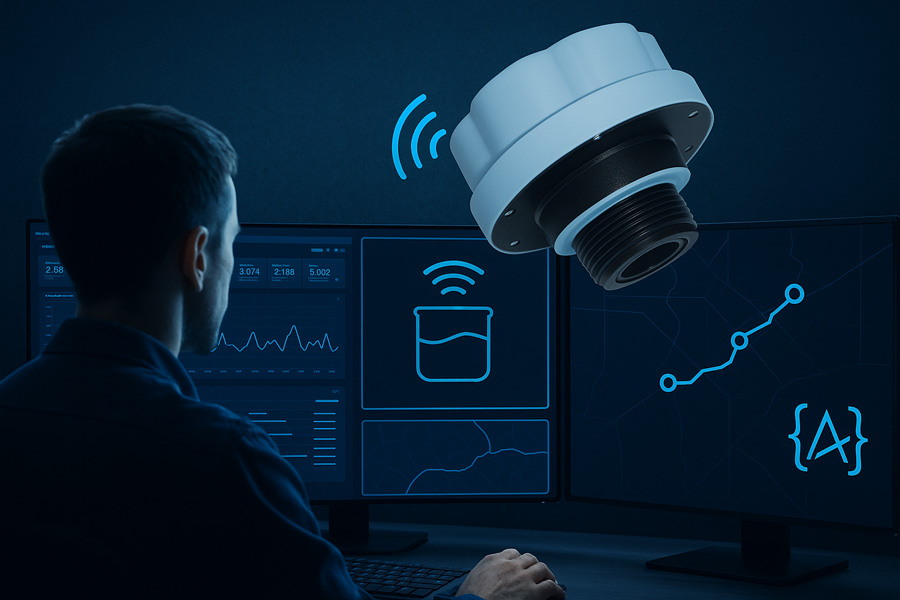Telemetry Performance: 5 Common Mistakes to Avoid
Summary
- Introduction: Telemetry, a Pillar of Industrial Performance
- Poor Physical Installation: The First Threat to Telemetry Performance
- Incorrect Settings and Calibration: A Hidden Threat
- Underestimating the Importance of Reliable Communication Networks
- Neglecting the Value of Collected Data
- Alert Systems and Predictive Maintenance
- Overlooking Cybersecurity in the Telemetry Chain
- Conclusion: Securing Long-Term Telemetry Performance
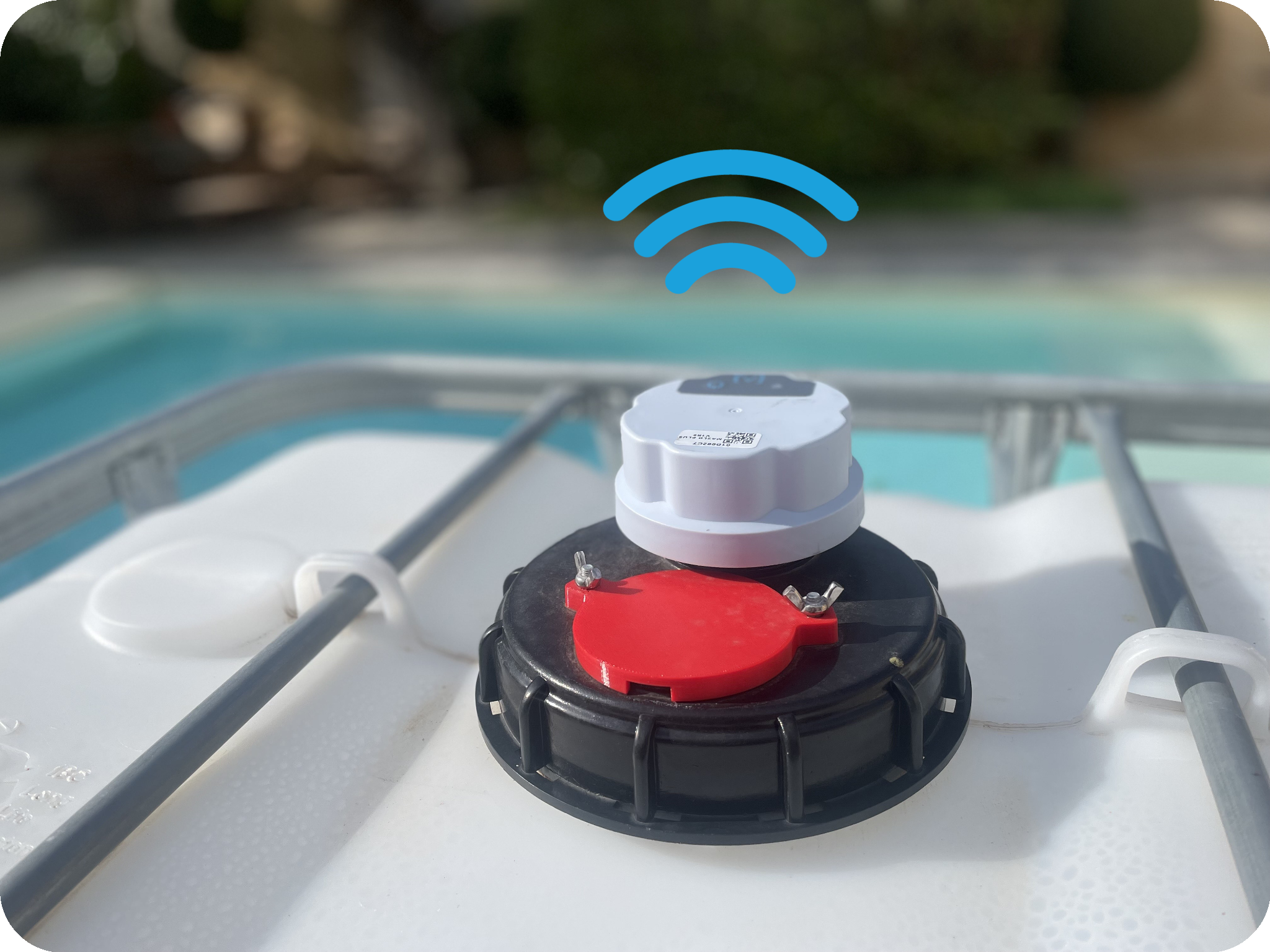
Introduction: Telemetry, a Pillar of Industrial Performance
Telemetry has become a critical pillar for optimizing the management of infrastructures, industrial equipment, and energy networks. However, despite its undeniable advantages, telemetry performance can be significantly undermined by common errors in installation, configuration, or maintenance. A poorly deployed telemetry system not only delivers less reliable data—it can also generate additional costs, reduce operational efficiency, and create safety risks. Understanding the main causes behind performance degradation is therefore essential to fully leverage the potential of telemetry. This article identifies five frequent mistakes and shares best practices to secure your technology investment and sustainably improve your results.
According to a 2024 report by IoT Analytics, 83% of industrial companies investing in telemetry solutions have seen direct improvements in performance indicators, particularly in logistics cost reduction and energy management. However, the efficiency of a telemetry system relies heavily on its proper installation, precise configuration, regular monitoring, and smart data analysis.
The concept of telemetry performance is crucial: it refers to the system’s ability to deliver reliable, actionable, and decision-driving data. Yet, human errors, technical mistakes, and methodological gaps often degrade this performance, limiting the return on investment from digitalization projects.
In this article, we will explore the five most common mistakes that negatively impact telemetry performance. Understanding these pitfalls is essential to securing investments, maintaining operational reliability, and maximizing the strategic value of collected data.
Pour une présentation complète des principes fondamentaux de la télémétrie et de son impact sur les performances des systèmes, consultez l’article de Splunk.
Poor Physical Installation: The First Threat to Telemetry Performance
Importance of Optimal Positioning
One of the major errors that undermine telemetry performance is poor physical installation of the sensor. Proper positioning relative to the environment is crucial. For example, with level sensors in tanks or silos, installing the device off-center, tilted, or obstructed by internal structures (agitators, pipes) can cause measurement deviations of up to 30%, leading to poor replenishment and maintenance decisions.
Poorly fixed sensors are also more vulnerable to vibrations, weather exposure, or mechanical shocks, affecting data reliability and accelerating equipment wear and tear.
Need for On-Site Expertise
Installing telemetry sensors must be done by trained professionals familiar with industrial or agricultural environments. Each site presents specific challenges: material types, extreme temperatures, humidity, or explosive atmospheres (ATEX zones). Skipping this field expertise leads to rapid performance degradation and unreliable data.
From the planning phase, conducting a site analysis helps define the best practices for installation and long-term telemetry performance.
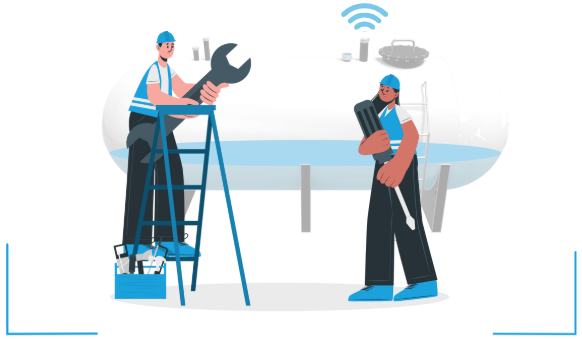
Incorrect Settings and Calibration: A Hidden Threat
Generic Settings Are Not Enough
Even when properly installed, poorly configured IoT sensors significantly reduce telemetry performance. Often, users stick to factory settings without adjusting thresholds, measurement intervals, or calibration coefficients according to real-world conditions. A pressure sensor configured with an incorrect range may either miss critical variations or trigger false alarms.
Each application demands tailored configuration to ensure measurement precision and data usability.
Periodic Calibration and Field Validation
Initial calibration is not sufficient. To maintain strong telemetry performance, regular recalibrations are essential, especially in evolving environments (temperature changes, fluid density variations, mechanical wear). Scheduled verification campaigns ensure real-world measurements match the sensor’s outputs.
Neglecting these fine-tuning operations is a leading cause of long-term performance drift and strategic errors based on inaccurate data.
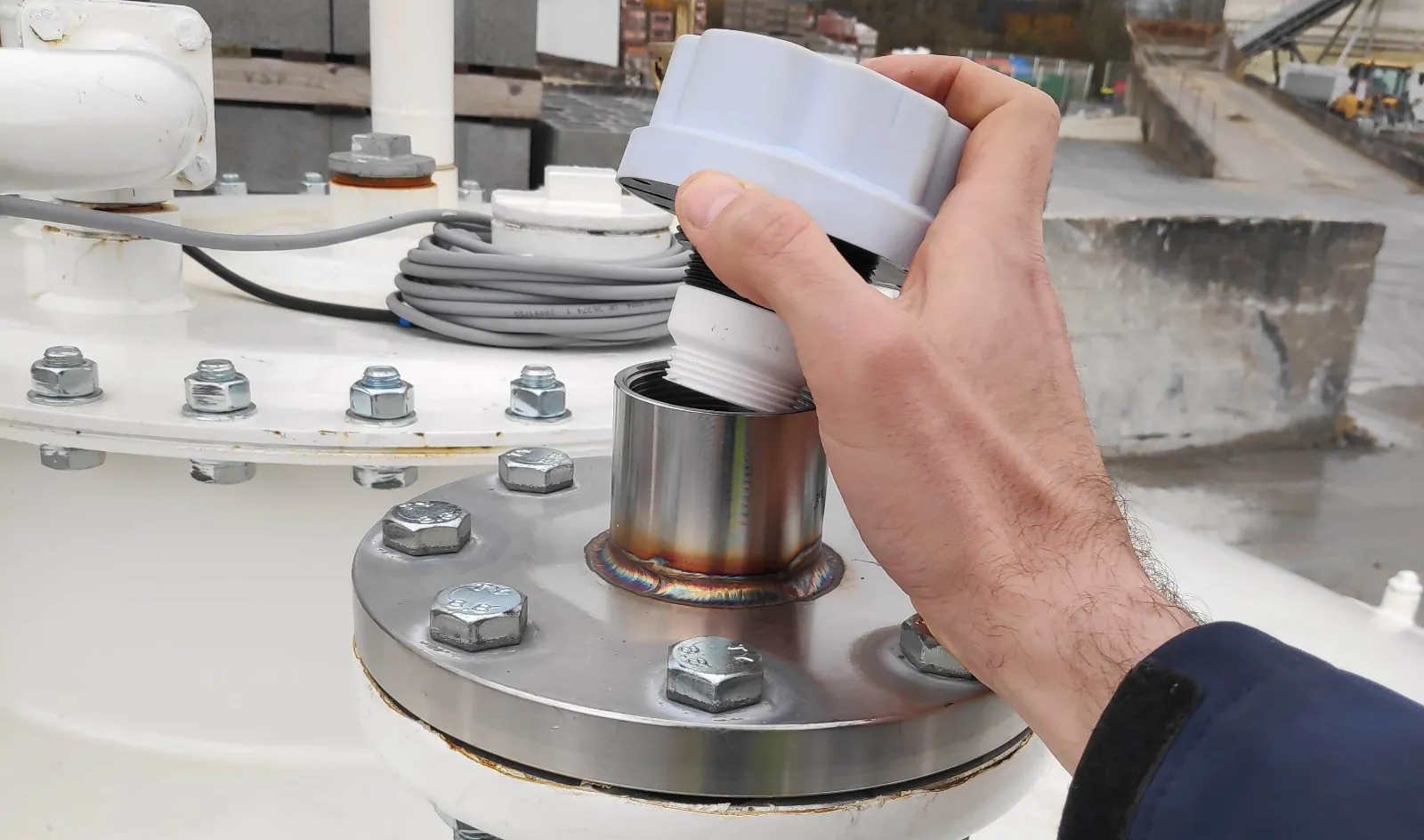
Underestimating the Importance of Reliable Communication Networks
Unsuitable Connectivity Choices
Telemetry depends on reliable communication between sensors and data platforms. Choosing an inappropriate network (Sigfox, LoRaWAN, LTE-M, NB-IoT) can cause data loss or unacceptable transmission delays.
For instance, an isolated silo in a white zone must prioritize long-range, low-power solutions like LoRaWAN with private gateways instead of a standard LTE-M solution. Poor connectivity planning directly impacts telemetry performance through critical data gaps.
Maintaining Communication Infrastructure
Even the best network needs regular maintenance to preserve service quality: antenna inspections, gateway battery checks, packet loss monitoring — all are crucial. Ignoring this maintenance leads to slow but inevitable operational degradation.
Neglecting the Value of Collected Data
Collecting Without Exploiting
Many companies collect large amounts of data without deriving value from it. Accurate measurements are useless if not integrated into dashboards, correlated with other KPIs (stocks, consumption, anomalies), and used for decision-making.
Without a strong data exploitation strategy, telemetry becomes a wasted investment. Telemetry performance depends not only on collecting good data but on turning it into actionable insights.
Alert Systems and Predictive Maintenance
Efficient data usage involves setting up smart alerts (adaptive thresholds, wear scoring) and deploying predictive analytics. Anticipating stock shortages, equipment failures, or abnormal consumption boosts the operational return on telemetry systems.

Overlooking Cybersecurity in the Telemetry Chain
Risks Associated with Connected Devices
Telemetry devices can be gateways for cyberattacks. Poorly secured sensors expose companies to risks such as data tampering, service disruptions, and information theft.
Protecting data transmission across sensors, gateways, and servers is vital for ensuring sustainable telemetry performance.
Best Security Practices
Security must be multi-layered: encrypted communications (TLS/SSL), strong device authentication, regular firmware updates, and network flow monitoring. Isolating IoT networks from IT systems also limits propagation in case of incidents.

Conclusion: Securing Long-Term Telemetry Performance
Telemetry is a powerful driver for industrial, energy, and logistics optimization. But realizing its full potential demands rigorous best practices from installation to data exploitation.
From physical mounting to sensor configuration, network quality to intelligent data use, every step is critical. By avoiding common pitfalls, companies can guarantee reliable, durable telemetry performance and enhance their operational resilience.
In a world where data becomes increasingly strategic, mastering telemetry is no longer optional — it’s a competitive necessity.
Check our last article.
You may also be interested in these articles :

